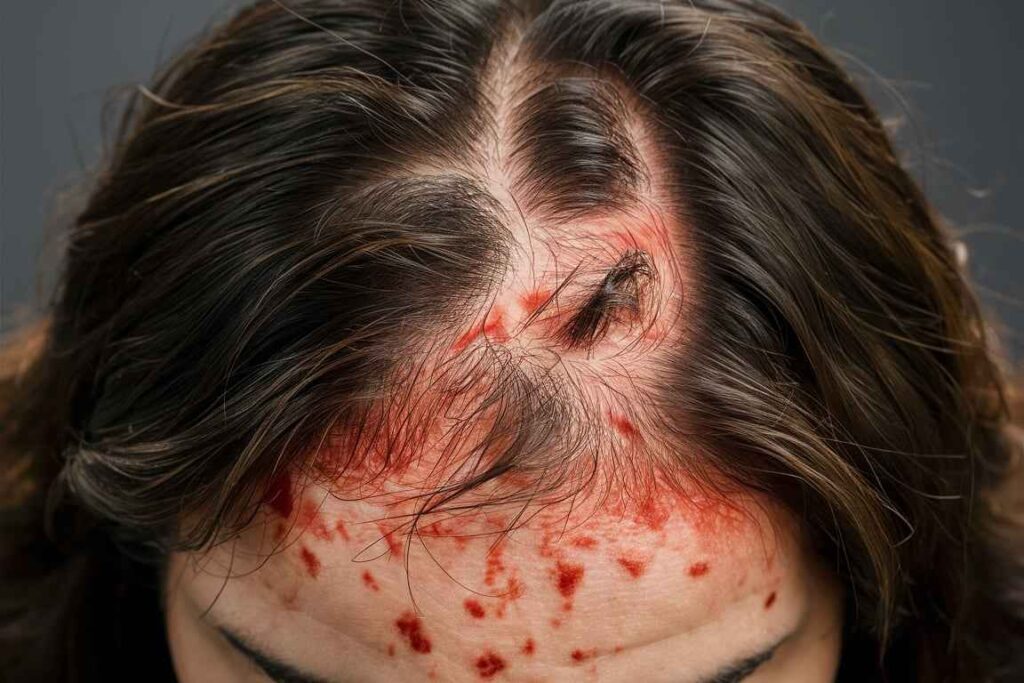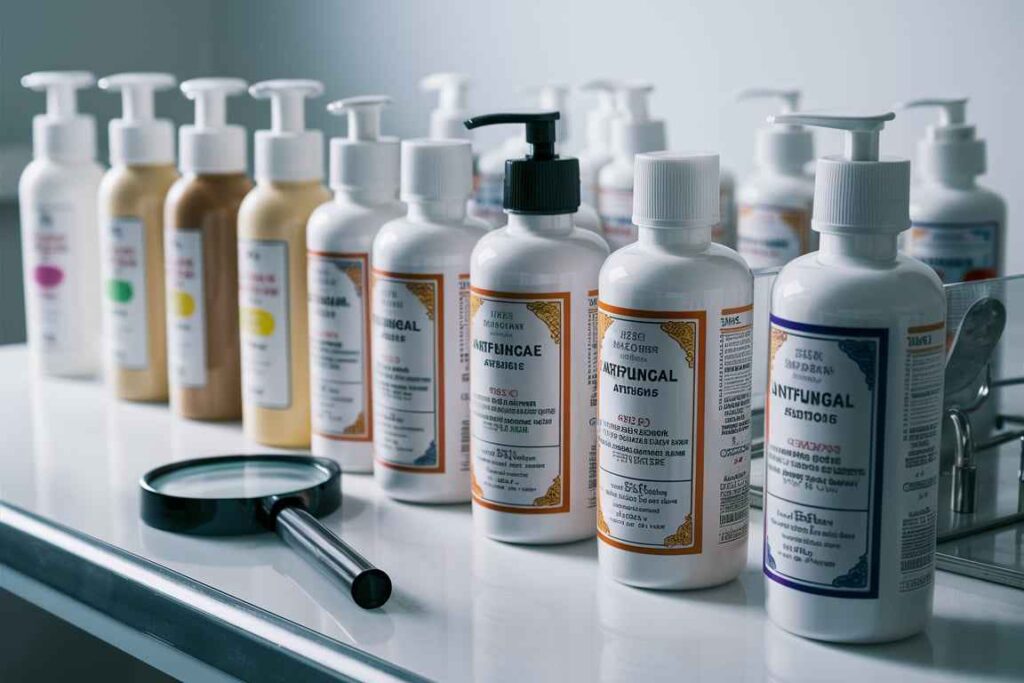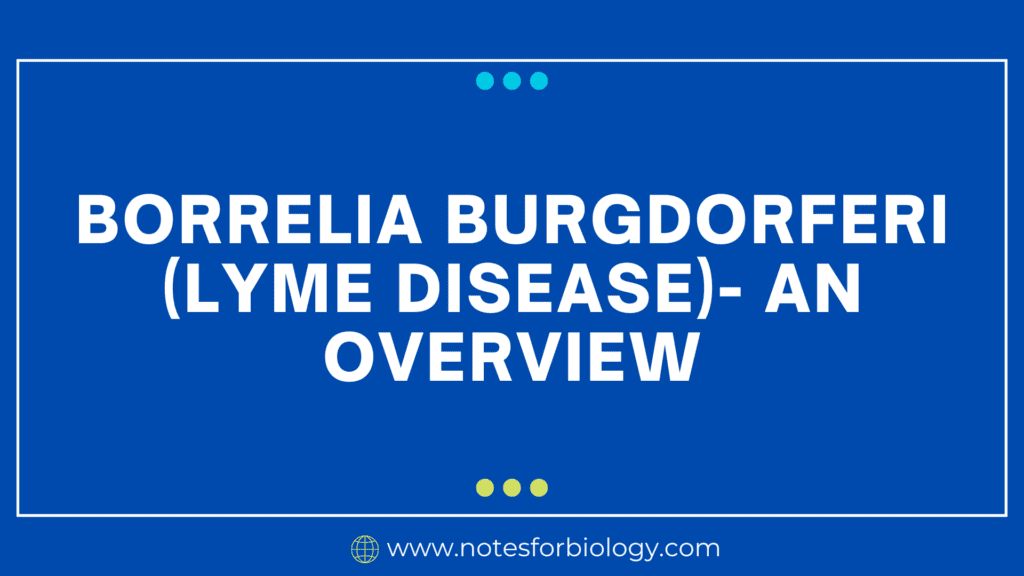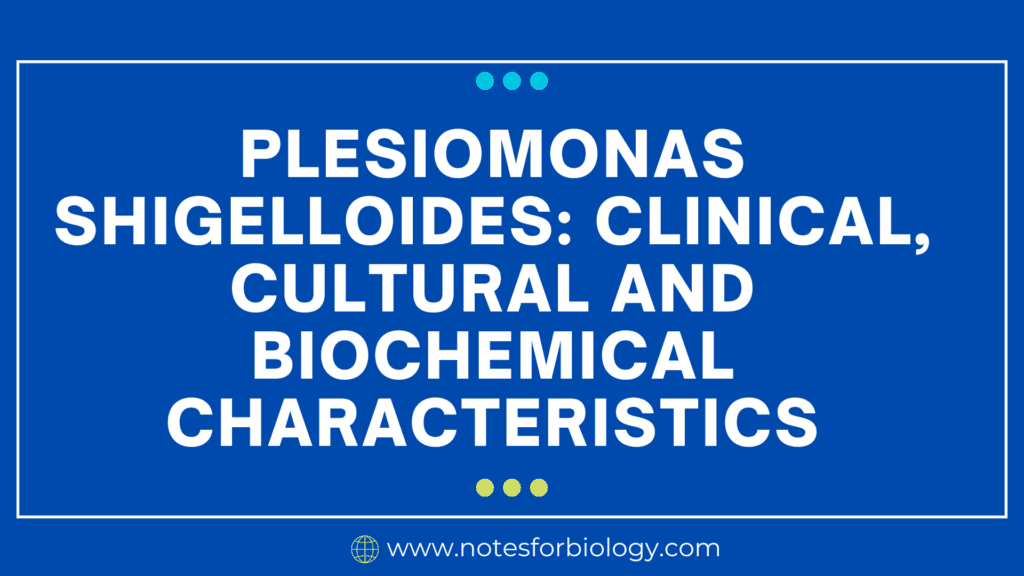Tinea capitis, often known as scalp ringworm, is a contagious fungal infection that affects the scalp, hair shafts, and occasionally the brows and eyelashes. It is caused by dermatophyte fungi, specifically Trichophyton and Microsporum species. These fungus feed on keratin, a protein found in hair, skin, and nails.
Table of Contents
Tinea capitis
Tinea capitis, often known as scalp ringworm, is a contagious fungal infection that affects the scalp, hair shafts, and occasionally the brows and eyelashes. It is caused by dermatophyte fungi, specifically Trichophyton and Microsporum species. These fungus feed on keratin, a protein found in hair, skin, and nails.

Etiology
Tinea capitis is a fungal illness caused by dermatophytes, which infiltrate keratinized tissues like skin, hair, and nails. Trichophyton and Microsporum are the two most common causal genera.
Common species:
- Trichophyton tonsurans is most common in the United States.
- Microsporum canis is commonly transmitted by diseased animals, notably cats and dogs.
- Trichophyton violaceum and Trichophyton soudanense are more widespread in Africa and the Middle East.
Clinical Manifestations:

The clinical manifestation of tinea capitis can vary greatly, but typical symptoms include:
- Scaly patches are round, scaly areas on the scalp that can be red and irritated.
- Alopecia: Hair loss in the affected areas, resulting in bald spots.
- Black Dots: Broken-off hairs on the scalp surface look as black dots.
- Kerion is a severe inflammatory reaction presenting as a boggy, tender mass on the scalp, often with pus and swollen lymph nodes.
- Favus: Crusty, yellowish areas (scutula) on the scalp, leading to scarring and permanent hair loss if untreated.
- Itching: Varies from mild to severe.
Diagnosis:
Diagnosis comprises clinical examination and laboratory testing.
Direct microscopy is the examination of hair and scalp scrapings treated with potassium hydroxide (KOH) to identify fungal components.
Fungal culture is the process of growing fungi in a laboratory to identify the specific species.
Wood’s Lamp Examination: Some fungi, particularly Microsporum species, glow in UV light, which aids in diagnosis.
Dermatophyte Test Medium (DTM): A specialized growth medium that changes color when dermatophytes grow.
Treatment
For effective treatment, systemic antifungal therapy is necessary, as topical therapies are insufficient.
Oral Antifungal Medication:
Griseofulvin has traditionally been the preferred medication, with a 6-12 week course.
Terbinafine is a shorter-term alternative to griseofulvin.
Other possibilities for treatment include itraconazole and fluconazole, depending on the causative species and patient tolerance.
Topical antifungal shampoos

Such as ketoconazole or selenium sulfide, can reduce fungal load and spread, but may not be effective as sole therapies.
Hygiene and environmental measures
Hair and scalp should be washed on a regular basis.
Avoid sharing personal goods such as combs, brushes, hats, and pillows.
Cleaning and sanitizing domestic goods and surfaces.
If pets are the source of the infection, they should be treated with antifungal drugs.
Follow-Up and Monitoring:
Regular follow-up with a healthcare practitioner is recommended to assess treatment progress and verify that the infection is completely resolved.
Continued use of antifungal shampoos may be advised to avoid reinfection.
Frequently Asked Question
What is Tinea capitis?
Tinea capitis, often known as scalp ringworm, is a contagious fungal infection that affects the scalp, hair shafts, and occasionally the brows and eyelashes. It is caused by dermatophyte fungi, specifically Trichophyton and Microsporum species. These fungus feed on keratin, a protein found in hair, skin, and nails.
What are the clinical manifestations of Tinea capitis ?
The clinical manifestations of Tinea capitis are
1. Scaly patches are round, scaly areas on the scalp that can be red and irritated.
2. Alopecia: Hair loss in the affected areas, resulting in bald spots.
3. Black Dots: Broken-off hairs on the scalp surface look as black dots.
4. Kerion is a severe inflammatory reaction presenting as a boggy, tender mass on the scalp, often with pus and swollen lymph nodes.
5. Favus: Crusty, yellowish areas (scutula) on the scalp, leading to scarring and permanent hair loss if untreated.
6. Itching: Varies from mild to severe.
Related Article




